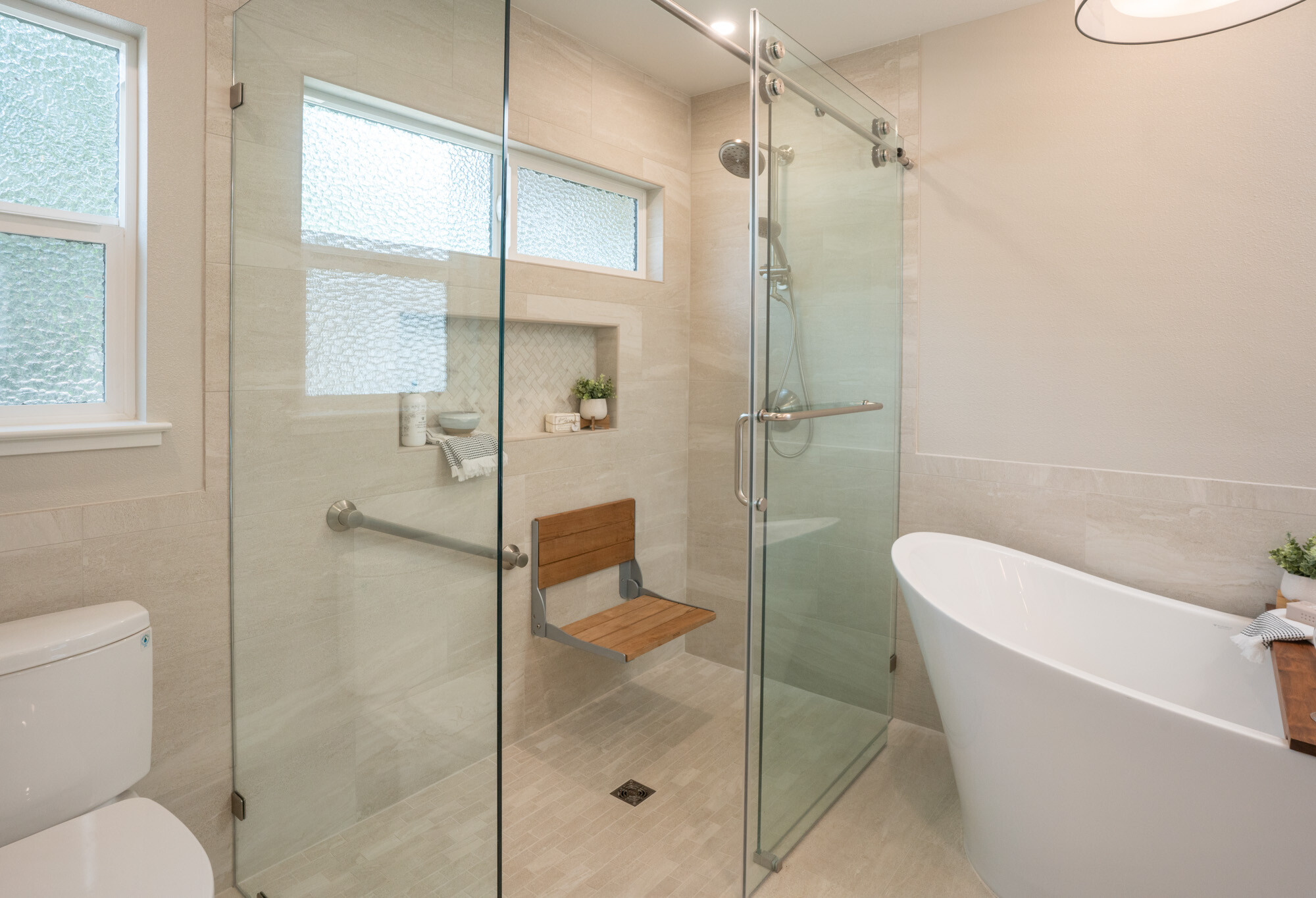

As we age, our homes must adapt to meet our changing needs. Home modifications for seniors are essential for ensuring safety, comfort, and independence. These improvements, often referred to as "aging in place" or "universal design," can transform a regular home into a senior-friendly haven. Here, we explore the myriad benefits of home modifications for seniors and why they are crucial for aging gracefully in the comfort of one’s own home.
Enhanced Safety
Safety is a paramount concern for seniors, as the risk of falls and accidents increases with age. Home modifications can significantly reduce these risks. Installing grab bars in bathrooms, adding non-slip flooring, and improving lighting can prevent falls and provide peace of mind. Stairlifts, widened doorways, and ramps ensure mobility and safety for those with limited mobility or who use wheelchairs. These changes create a safer environment, reducing the likelihood of injuries and emergency hospital visits.
Increased Independence
Maintaining independence is vital for seniors' mental and emotional well-being. Home modifications empower seniors to perform daily tasks without relying heavily on others. For example, installing adjustable countertops, pull-out shelves, and lever-style door handles can make kitchens and bathrooms more accessible. This allows seniors to cook, clean, and carry out personal hygiene routines independently. Enhancing accessibility ensures that seniors can continue to live their lives with dignity and autonomy.
Comfort and Convenience
Comfort is crucial for seniors to enjoy their golden years. Home improvements can significantly enhance the comfort and convenience of living spaces. Upgrading to walk-in showers or bathtubs, adding comfortable seating, and installing climate control systems can make a home more comfortable and accommodating. These modifications cater to the specific needs of seniors, ensuring they can relax and enjoy their home without unnecessary strain or discomfort.
Adaptability for Health Changes
As health needs change, a senior-friendly home can adapt to meet these evolving requirements. For example, if mobility issues worsen, a home already equipped with ramps, stairlifts, and accessible bathrooms will require fewer adjustments. This adaptability ensures that seniors can continue living in their homes even if their health conditions change. Planning for future needs through home modifications is a proactive approach that minimizes disruptions and helps seniors stay in their familiar surroundings.
Financial Savings
While home modifications might seem like a significant upfront investment, they can result in long-term financial savings. By making a home safer and more accessible, seniors can avoid costly medical bills from falls and injuries. Moreover, aging in place can delay or even eliminate the need for expensive assisted living facilities. Investing in home improvements can be a cost-effective way to ensure a high quality of life without the ongoing costs of long-term care facilities.
Emotional Well-Being
The psychological benefits of aging in place cannot be overstated. Remaining in a familiar environment surrounded by cherished memories positively impacts seniors' emotional well-being. Home modifications that allow seniors to stay in their homes contribute to a sense of stability and comfort. This emotional security is crucial for maintaining mental health and overall happiness.
Home modifications for seniors are not just about making physical changes to a living space; they are about enhancing the quality of life. By improving safety, increasing independence, and ensuring comfort, these modifications allow seniors to age gracefully in the homes they love. Investing in home improvements is a proactive step toward creating a supportive, adaptable, and enjoyable living environment for the senior years. If you or a loved one is considering aging in place, explore the various home modifications available to create a safe, comfortable, and empowering living space.

